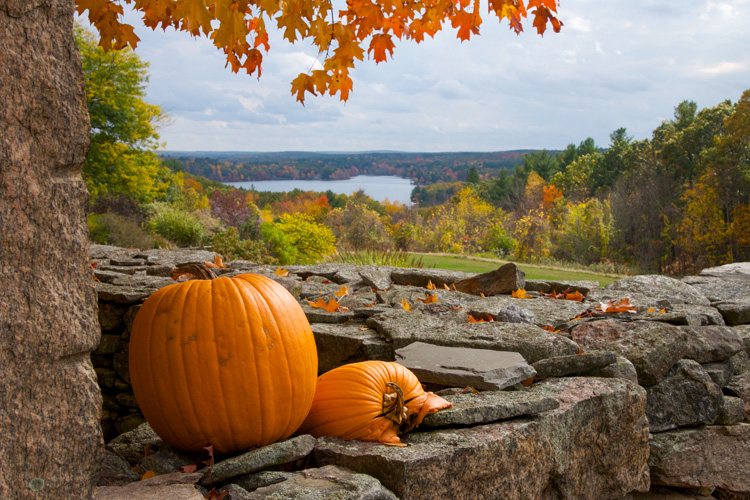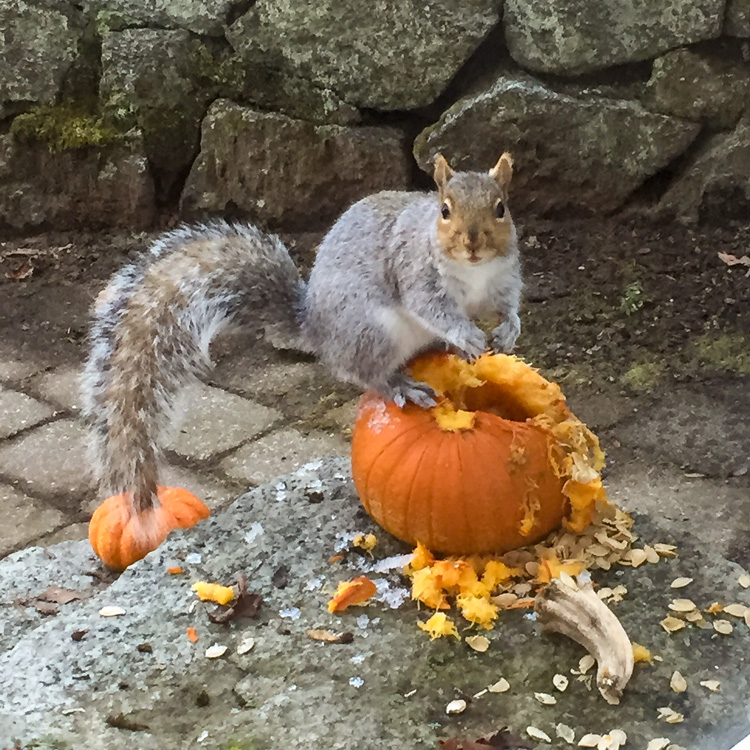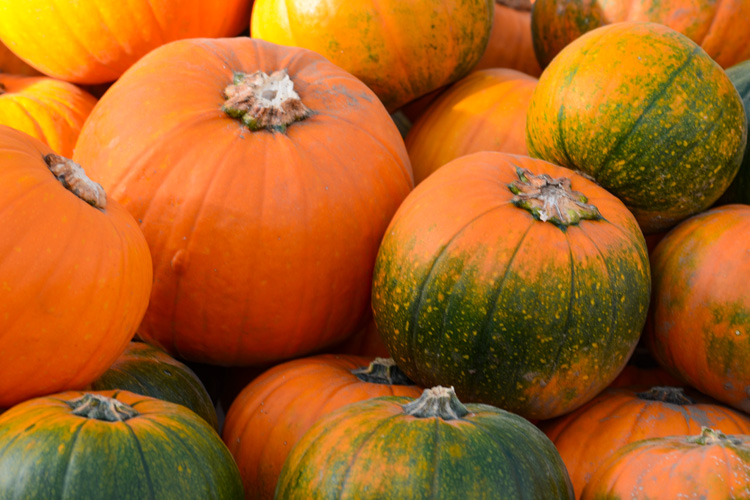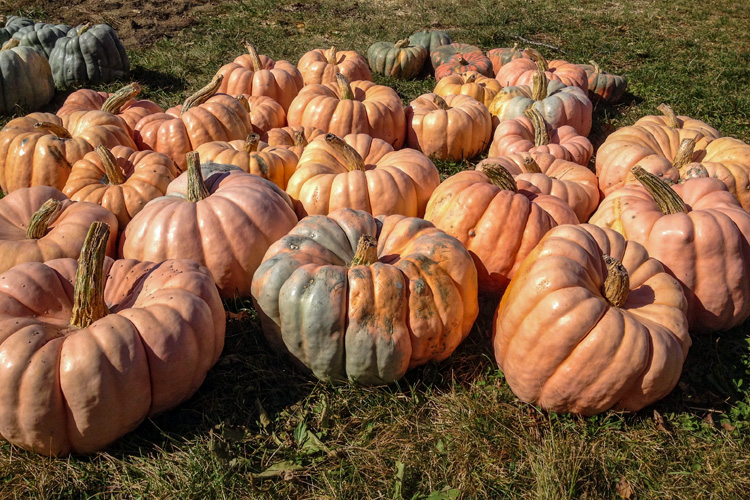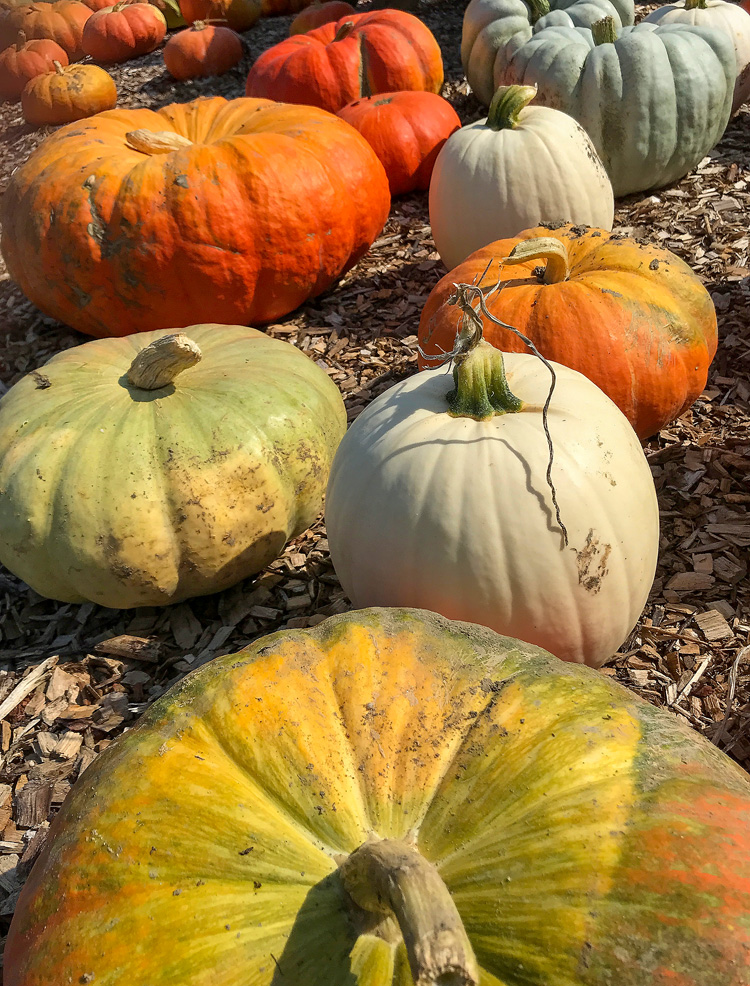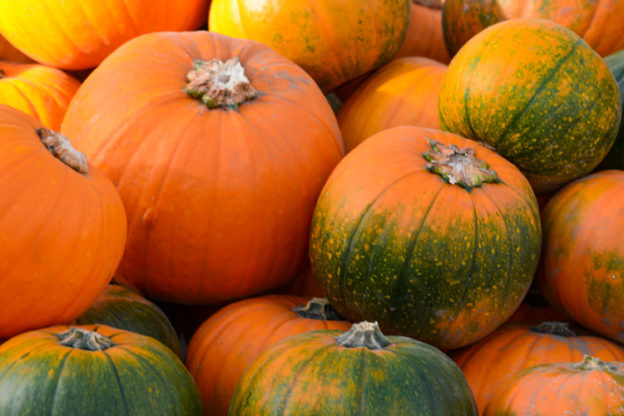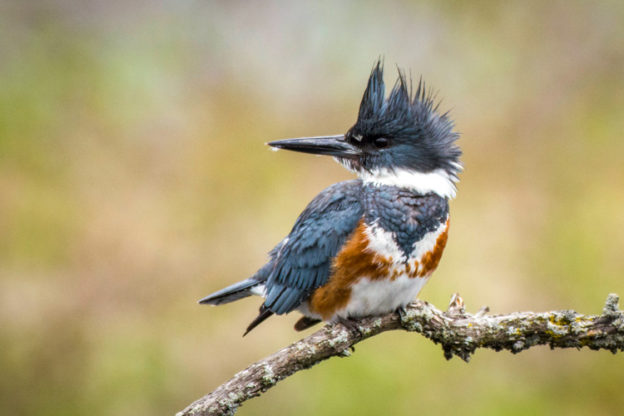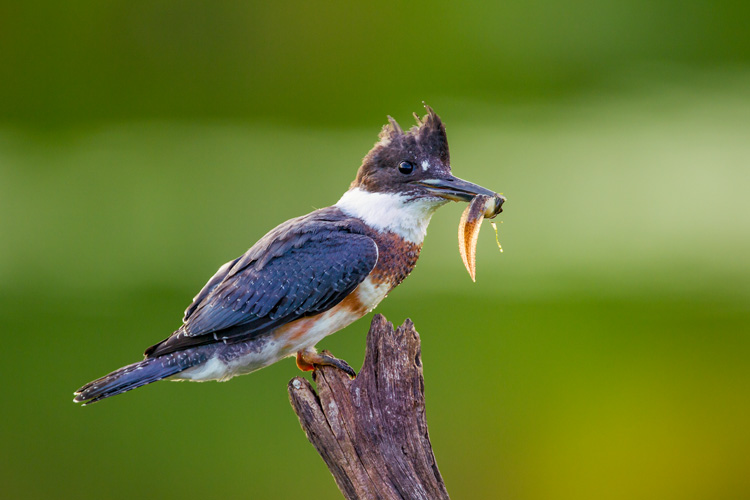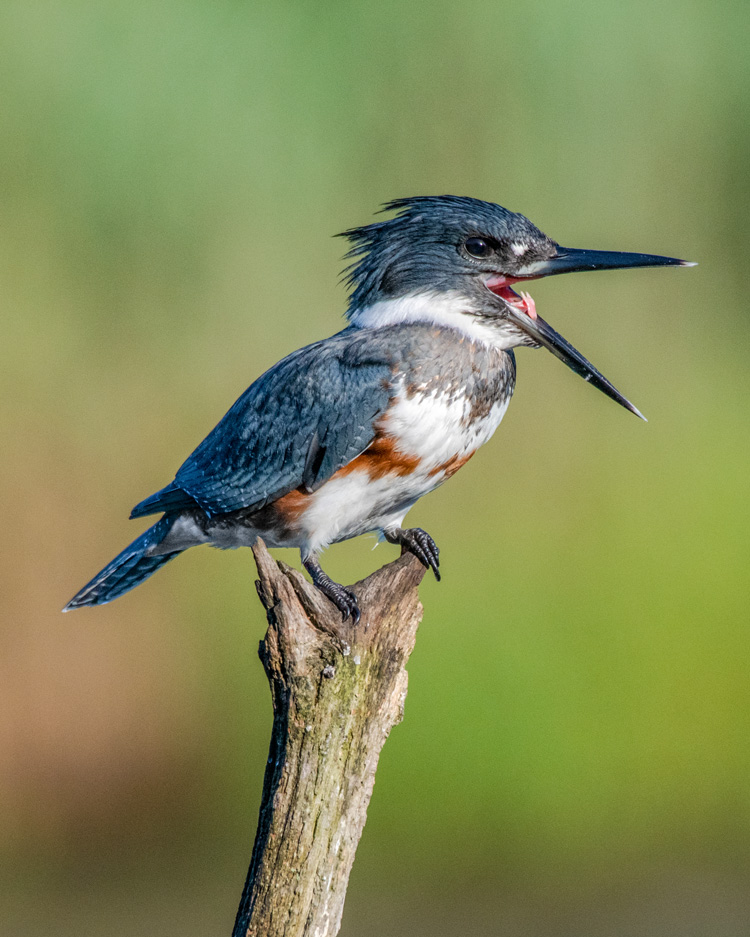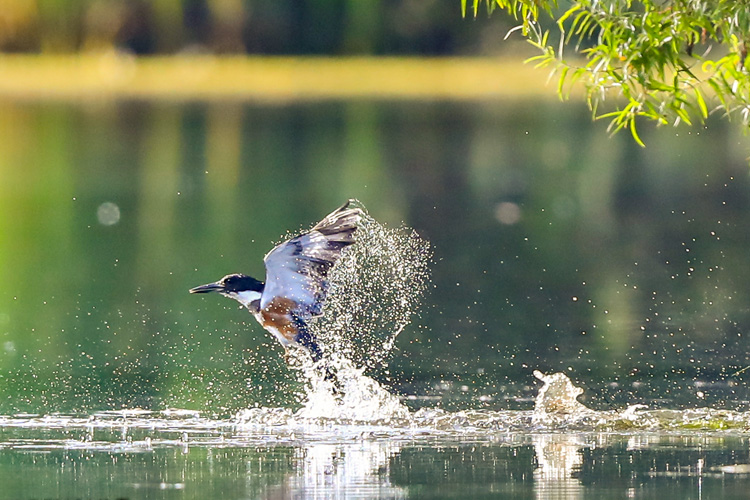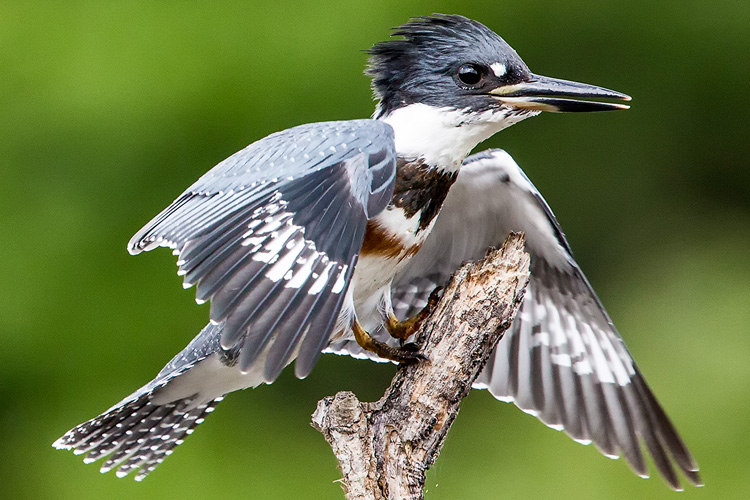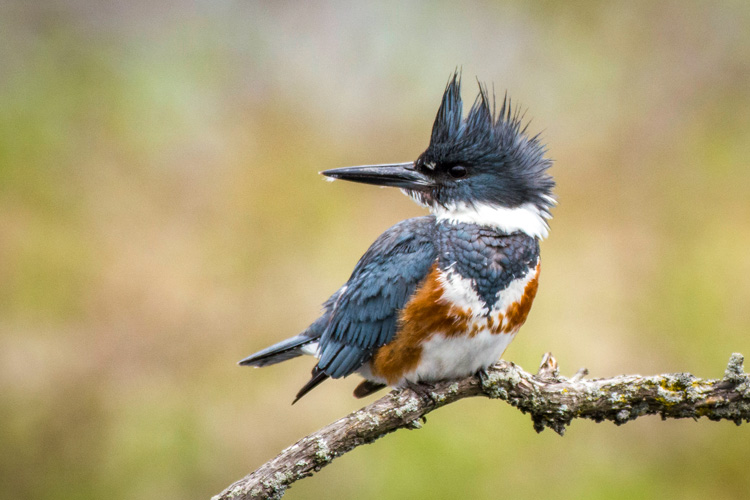Pumpkins are the quintessential symbol of fall. Native to North America, pumpkins are believed to have been domesticated for at least 7,000 years, originally cultivated by Mesoamerican peoples for food and medicine. Today, they are grown in incredible quantities around the world, in large part to meet the needs of all the autumn-loving pumpkin carvers and pie-eaters who look forward to this time of year.
Want more pumpkin everything? Check to see if there’s a pumpkin carving program at a sanctuary near you or check out our collection of pumpkin-themed activities for Young Explorers, including stencils for pumpkin decorating, instructions for making your own pumpkin bird feeder, and cool experiments for “pumpkin scientists.” That’s a lot of pumpkins!
And while you’re at it, why not swing by a nearby farm to support the local food movement and pick up your decorative gourds and soon-to-be jack-o-lantern subjects? You’ll be glad you did!
In the meantime, let’s celebrate fall here on the blog with a few pumpkin photos, submitted to our annual Picture This: Your Great Outdoors photo contest.
